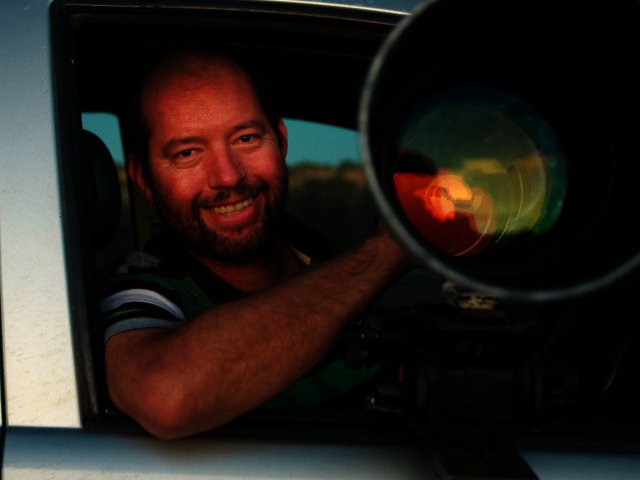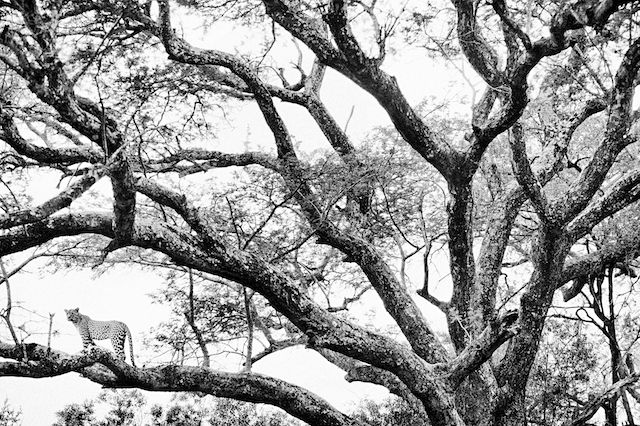Canon Series: Heinrich van den Berg, Part 1
By Staff Writer 10 March 2016 | Categories: sponsored content
With over 20 books to his name, one can say that Heinrich van den Berg knows a thing or two about nature, environmental and travel photography. We chatted to him as part of our Canon Series, discussing why he doesn't want to be called a professional wildlife photographer and the difference between images on-screen and print.
%20bw%20duo.jpg)
TechSmart: On your website you note that you don't want to call yourself a professional wildlife photographer, because the term has expired. What do you mean by that?
Heinrich van den Berg: These days with digital photography and the ease of taking images, everybody is calling themselves “Professional Wildlife Photographers”. So the meaning of being a professional wildlife photographer has changed since I started with photography 25 years ago.
I don’t mind that everybody is calling themselves that, but I just prefer to not call myself that. Partly because wildlife photography is not the way I make a living. The industry has changed so much in that regard. Pure wildlife photography assignments are rare and the stock industry has taken a dive, so it is difficult to make a living purely from wildlife photography. I am fortunate to be able to use my wildlife images in books, etc. with which I am making a living.

TechSmart: As a founding member of HPH Publishing, which specialises in nature and travel photographic books, you’ll know that there is a different feeling between a photo on screen and seeing it in print. How do you ensure that the images in your books are exactly as they were edited on-screen?
Heinrich van den Berg: There is huge difference in my opinion. On paper that photograph is ‘developed’, and not just in a digital form. The image has gone full circle. I prefer to have something solid between my fingers, rather than have it in digital form. Perhaps I am just sentimental, but to feel and smell an image is worth more to me. To edit for print is totally different than to edit for a screen. You have to oversaturate images because the colours fall flat on paper, since there is no light source that make the whites white. White comes out grey on paper so the contrast of all images are less.
%20-%20version%202.jpg)
Find more of Heinrich van den Berg's images on his website, All images courtesy and copyright by Van den Berg.
Most Read Articles

Have Your Say
What new tech or developments are you most anticipating this year?



